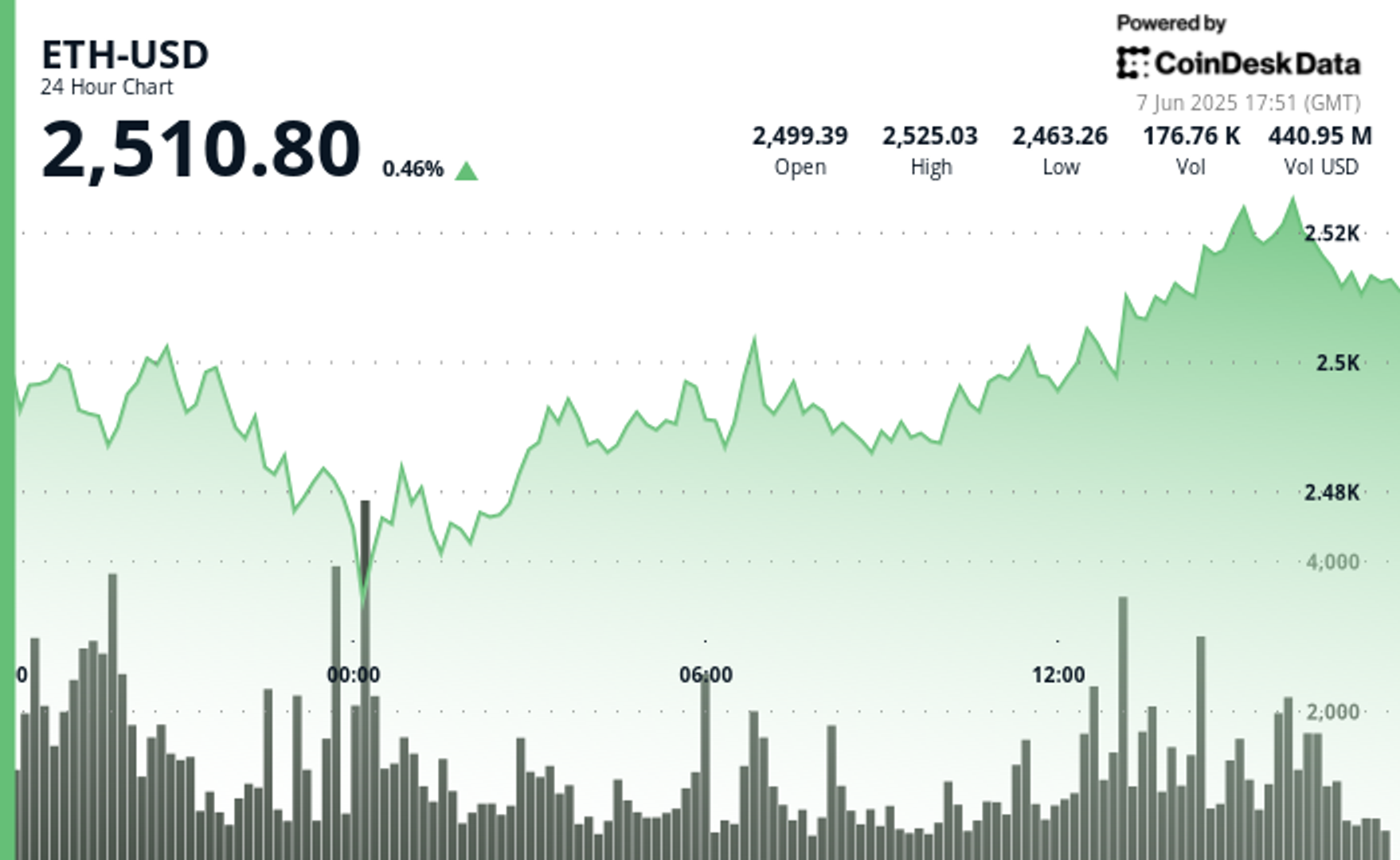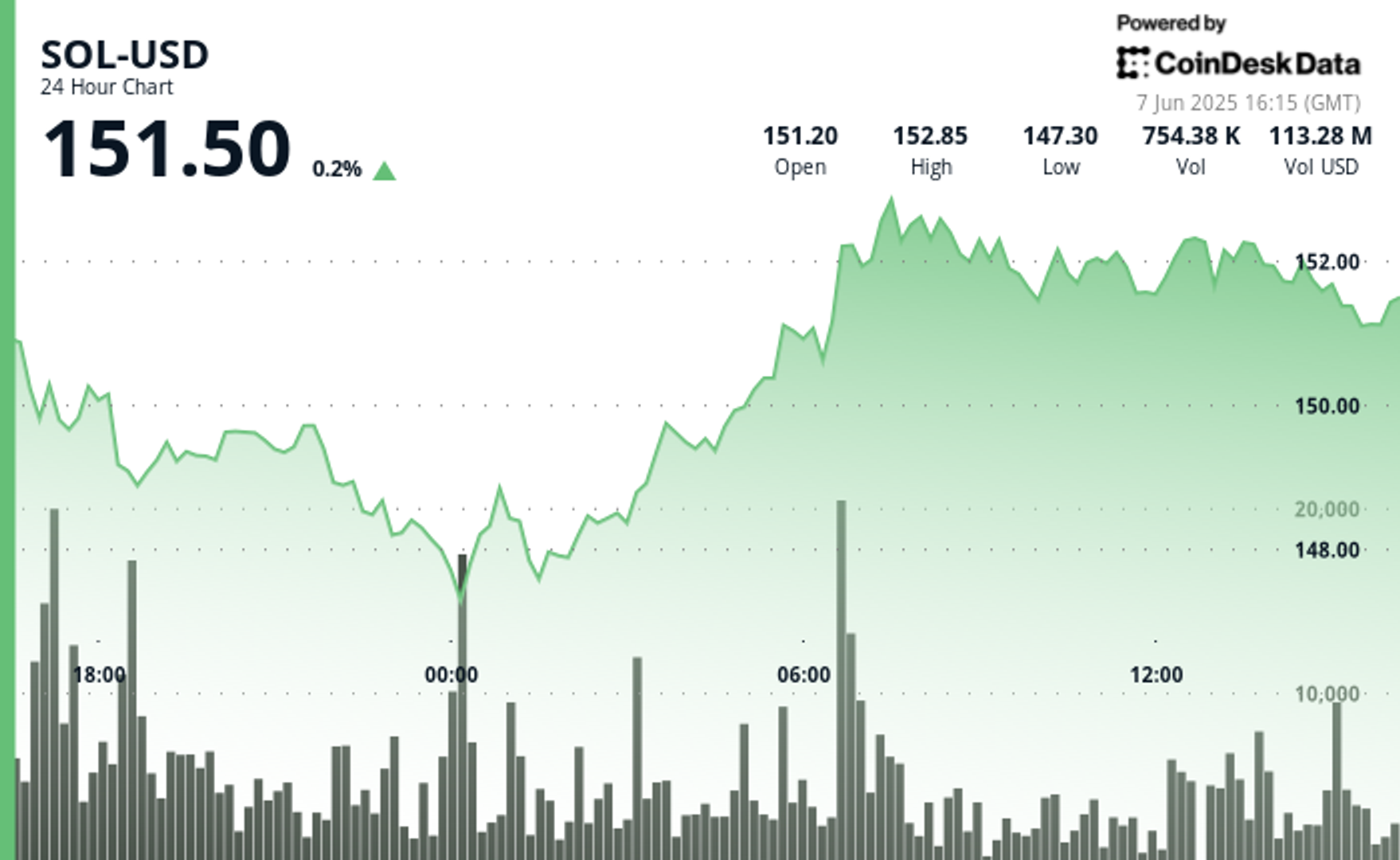Better Buy: The Vanguard 500 ETF or the Vanguard High Dividend Yield ETF
Investors who want to track "the market" have one very clear choice: a fund that tracks the S&P 500 (SNPINDEX: ^GSPC). The index has become the de facto market gauge for U.S. stocks. But what if your goals are a bit different from just equaling the market's performance? There are a lot of options out there, but if you are an income investor, one possibility is the Vanguard High Dividend Yield ETF (NYSEMKT: VYM). Here's a look at why buying this exchange-traded fund instead of the Vanguard 500 ETF (NYSEMKT: VOO) could be a good call, but also why it might still leave you short of your goals.While the S&P 500 index is used to track stock market performance, that isn't its actual goal. The S&P 500 index is a curated list of 500 of the largest companies in the U.S. -- a set of businesses that the committee believes are representative of the U.S. economy. A few of those companies have more than one type of share class, so technically, there are 503 stocks in the index. It's market-cap weighted, meaning that larger companies account for proportionally larger shares of its value, and therefore have the biggest impacts on the index's performance. That's pretty much how the economy works, as well.Image source: Getty Images.Continue reading

Investors who want to track "the market" have one very clear choice: a fund that tracks the S&P 500 (SNPINDEX: ^GSPC). The index has become the de facto market gauge for U.S. stocks. But what if your goals are a bit different from just equaling the market's performance? There are a lot of options out there, but if you are an income investor, one possibility is the Vanguard High Dividend Yield ETF (NYSEMKT: VYM). Here's a look at why buying this exchange-traded fund instead of the Vanguard 500 ETF (NYSEMKT: VOO) could be a good call, but also why it might still leave you short of your goals.
While the S&P 500 index is used to track stock market performance, that isn't its actual goal. The S&P 500 index is a curated list of 500 of the largest companies in the U.S. -- a set of businesses that the committee believes are representative of the U.S. economy. A few of those companies have more than one type of share class, so technically, there are 503 stocks in the index. It's market-cap weighted, meaning that larger companies account for proportionally larger shares of its value, and therefore have the biggest impacts on the index's performance. That's pretty much how the economy works, as well.
Image source: Getty Images.














































































































































































.mp4)



















